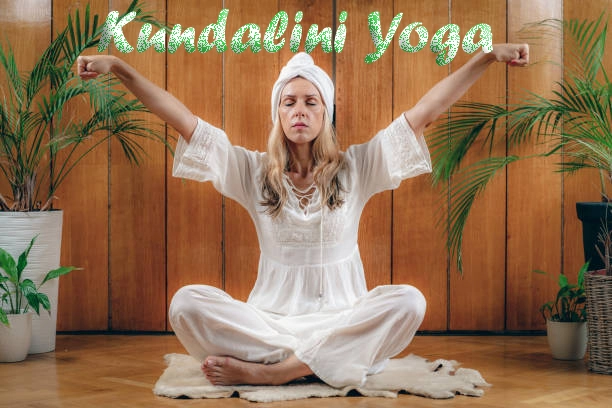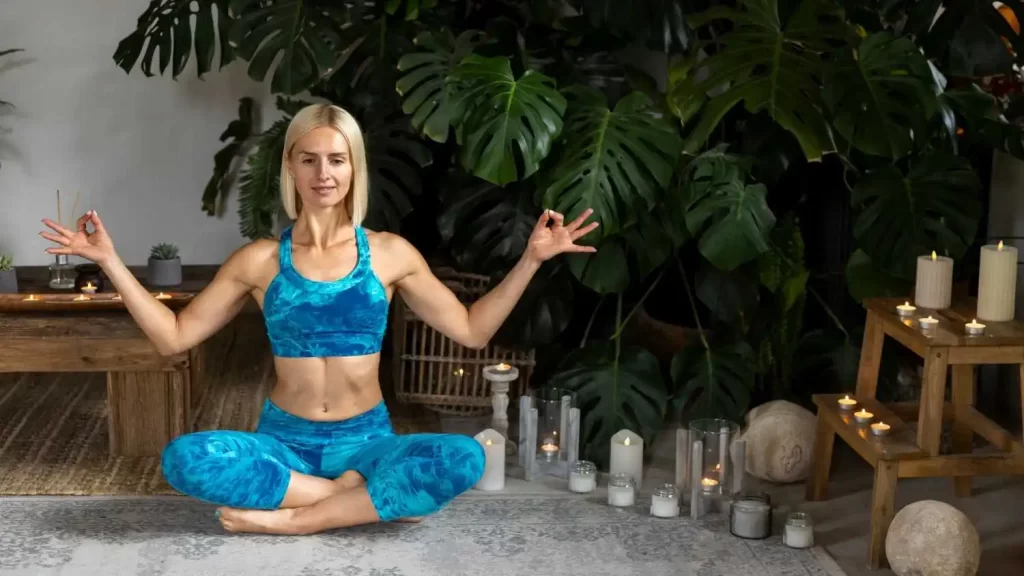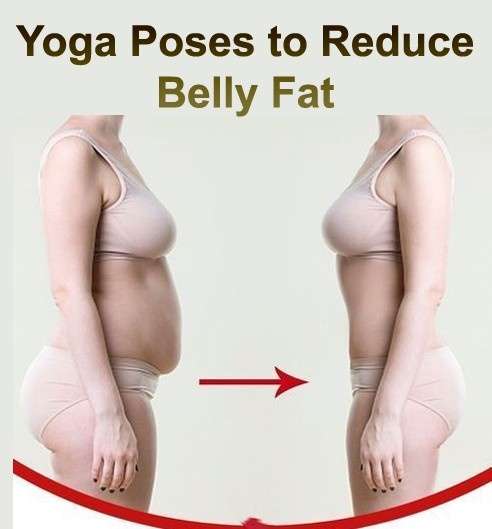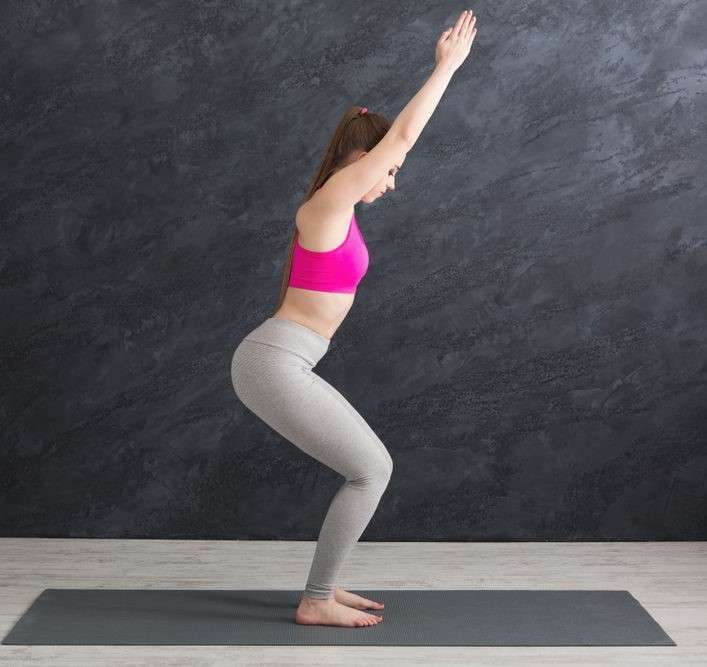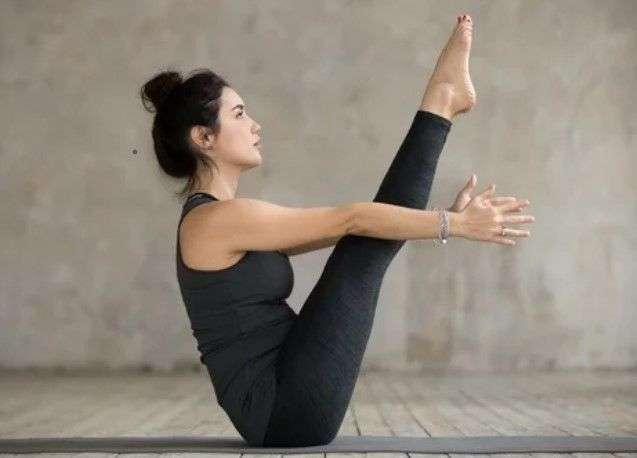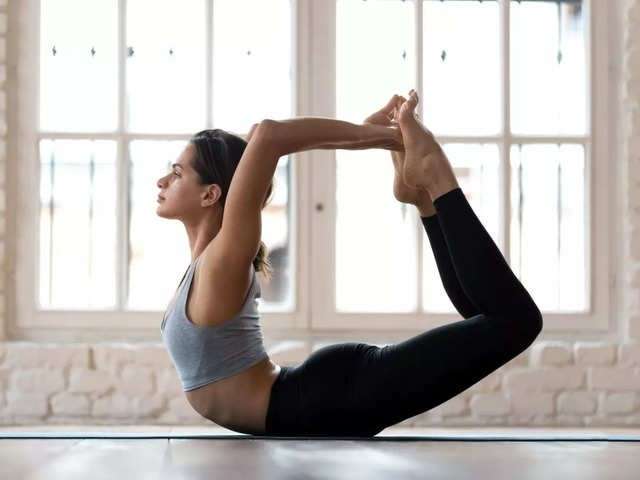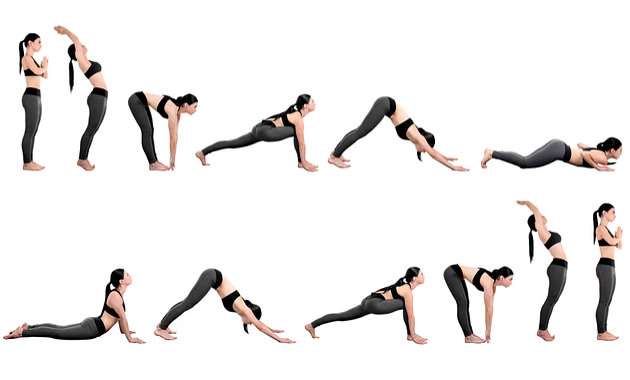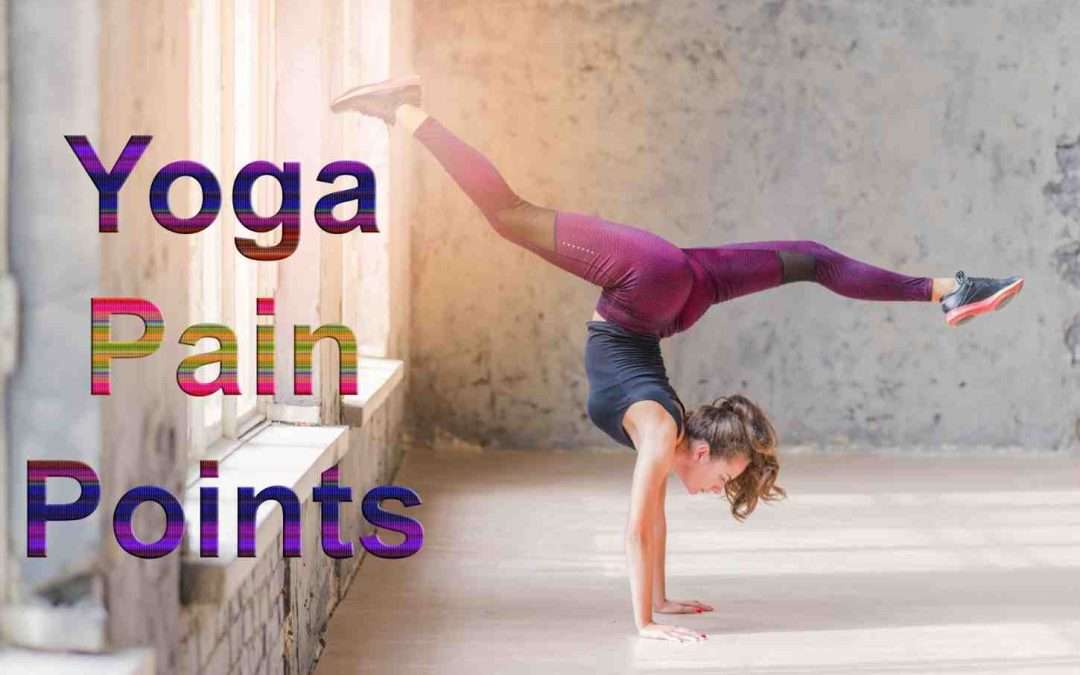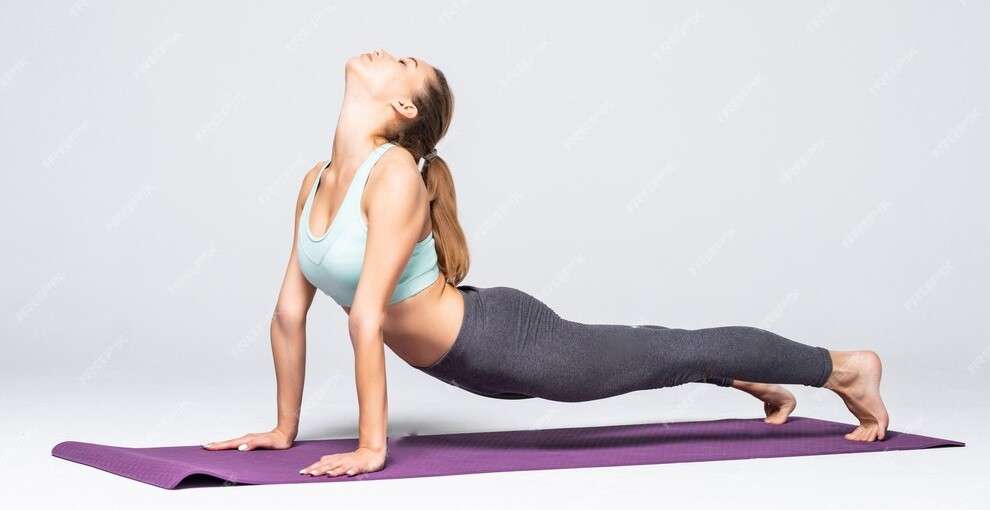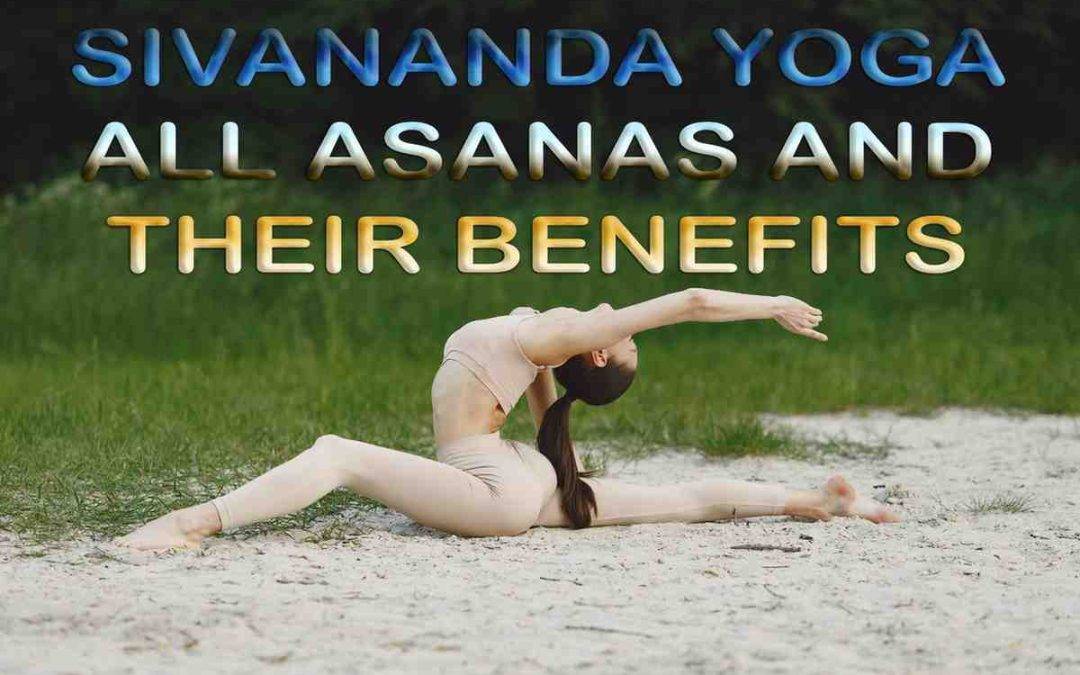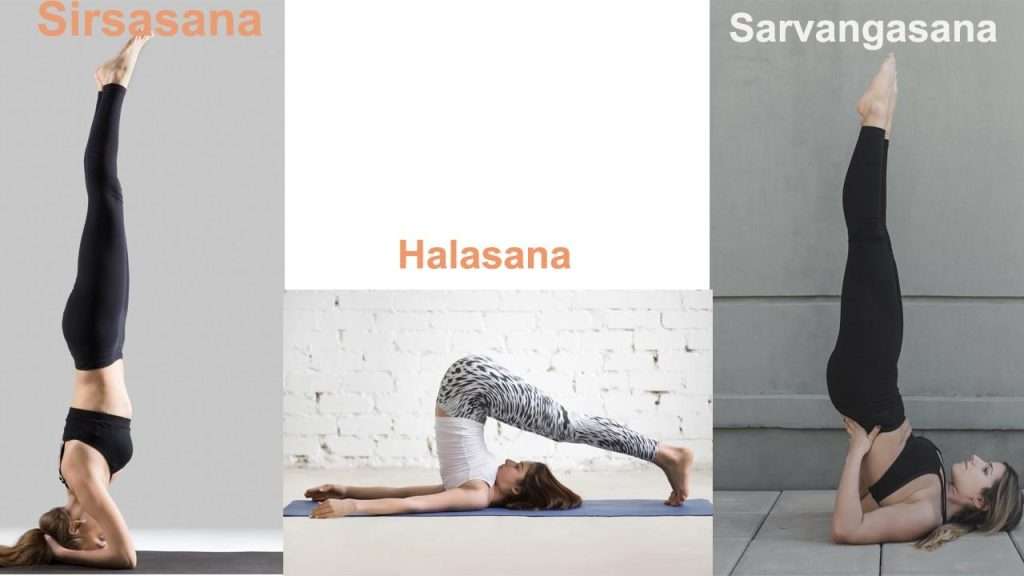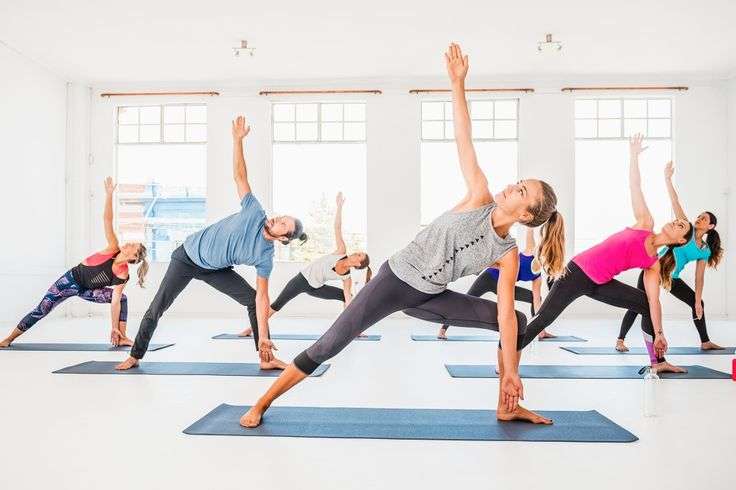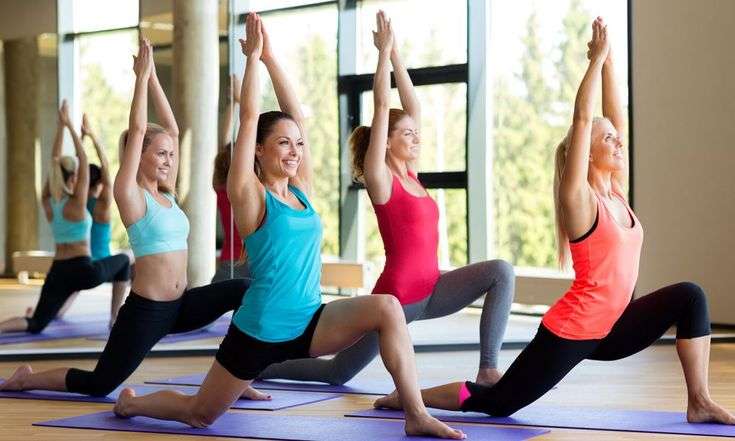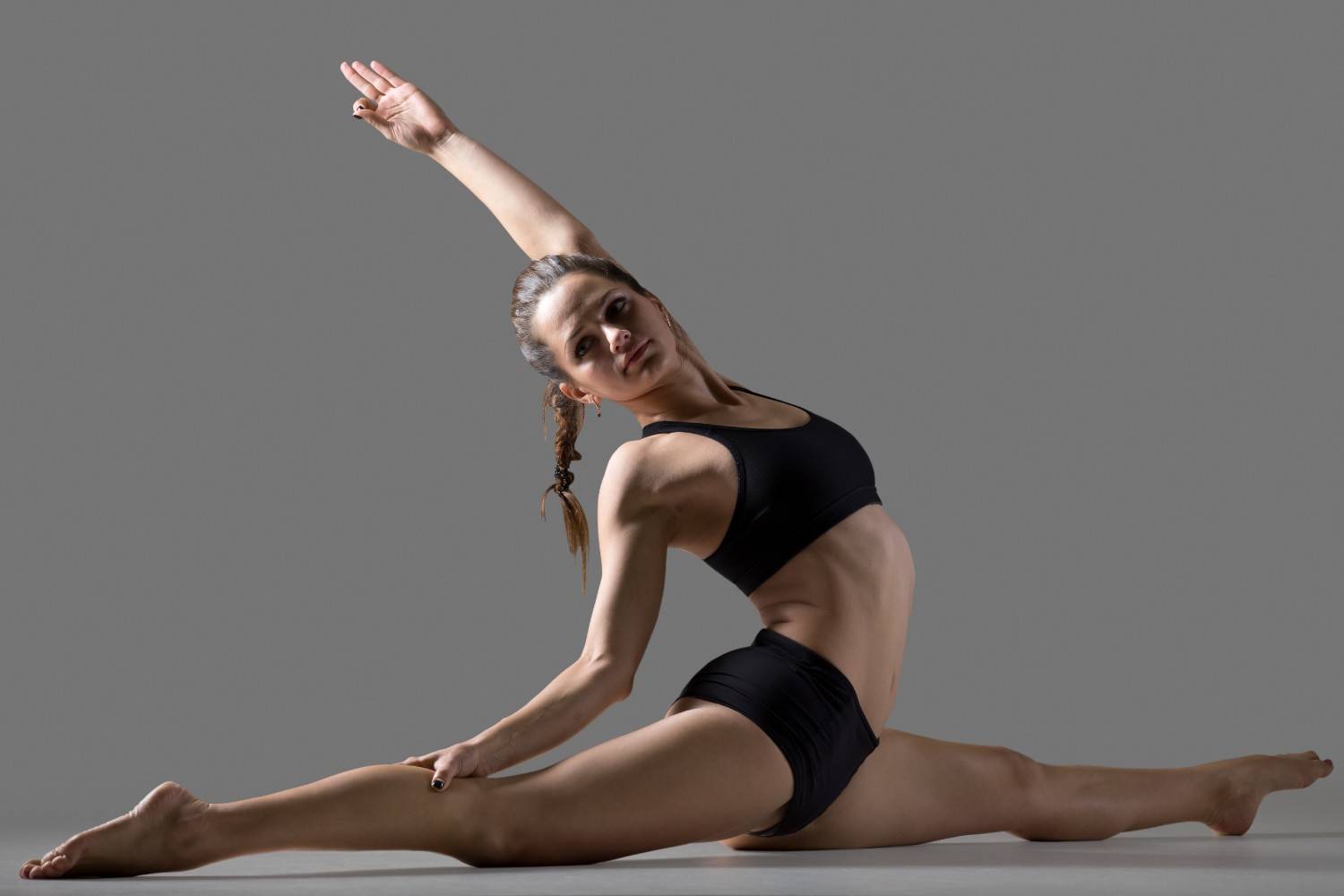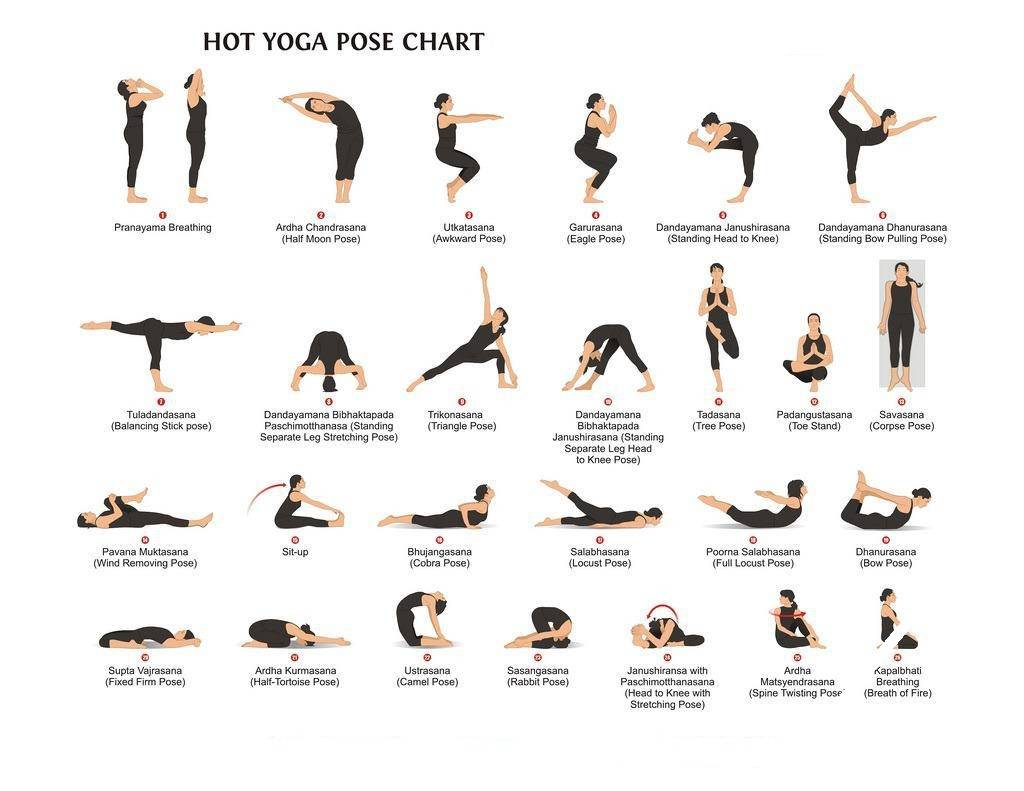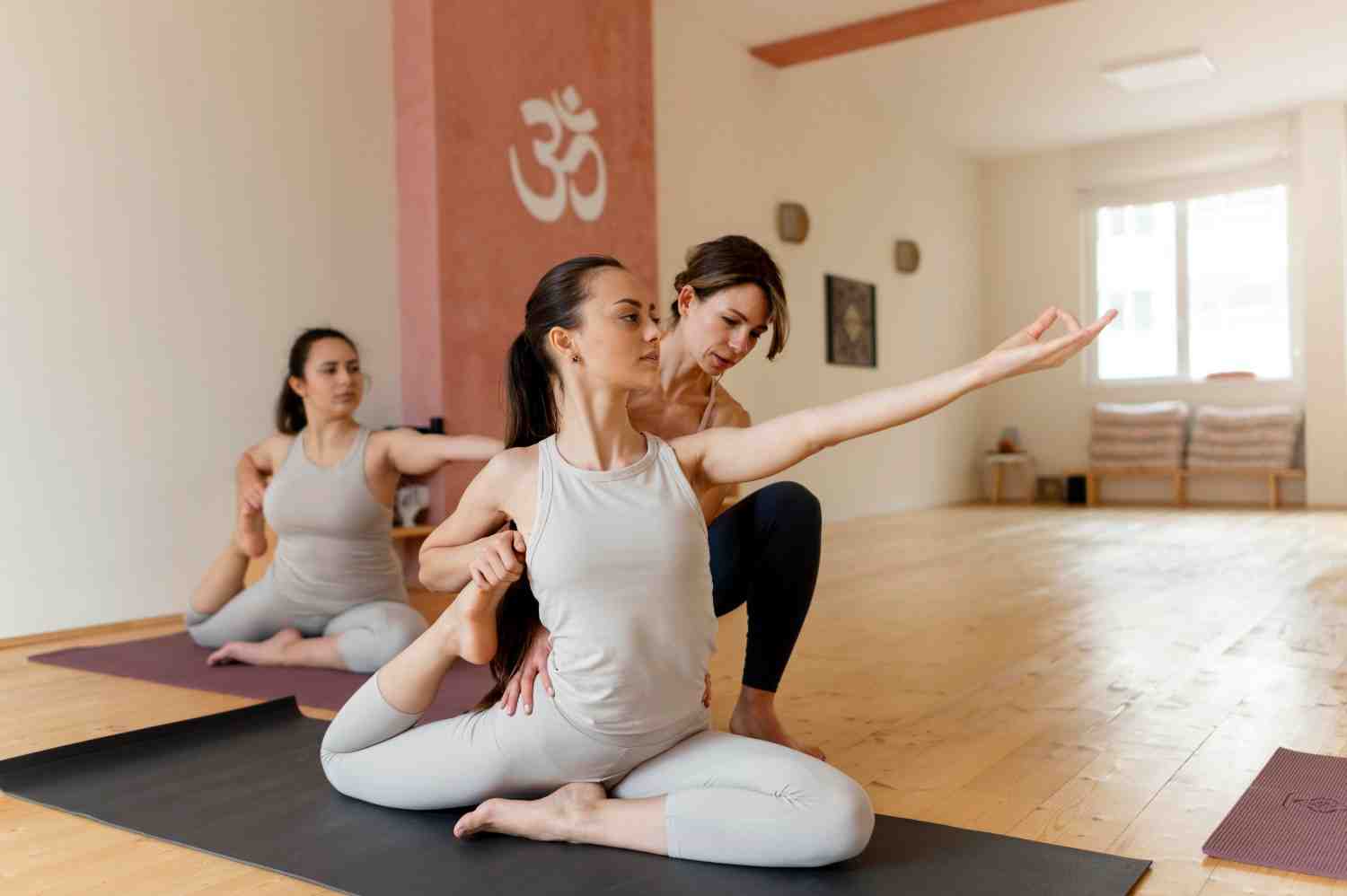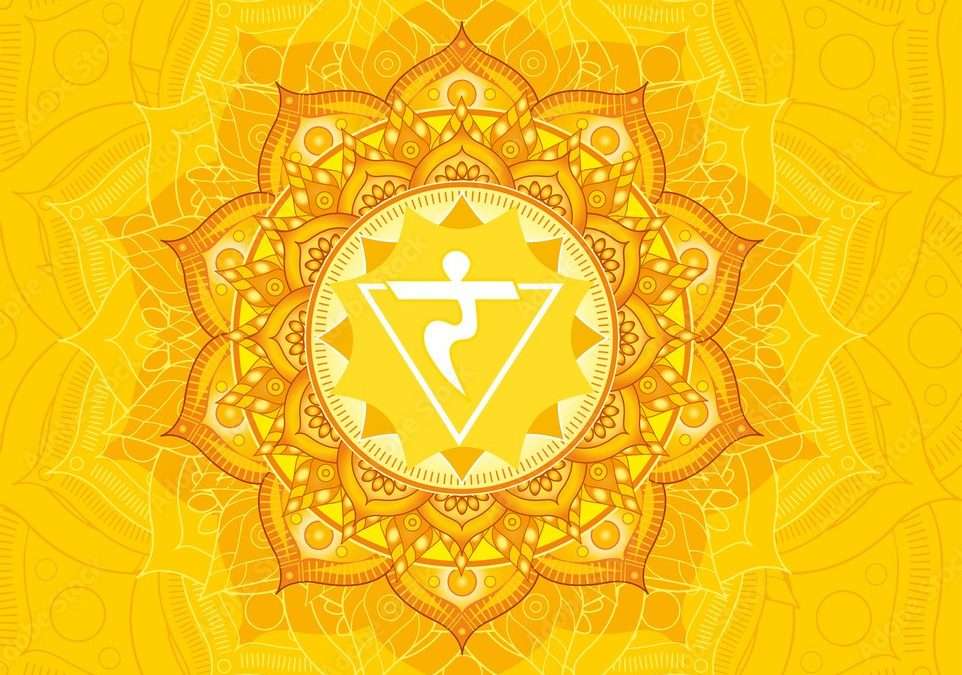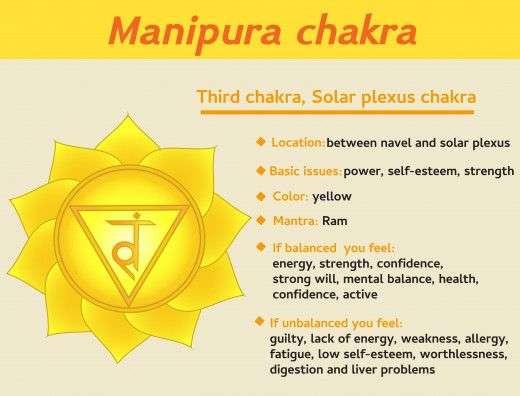
5 Proven Ways to Lose Weight Without Diet or Exercise
Try these 5 Proven ways to lose weight without Diet or Exercise, many of them are tried in a healthy weight loss journey
Discover 5 effective methods to shed pounds naturally without the need for strict diets or intense exercise regimens. By prioritizing sleep, staying hydrated, practicing mindful eating, optimizing your environment, and managing stress, you can achieve significant weight loss without sacrificing your favorite foods or spending hours at the gym.

In today’s fast-paced world, finding the time and motivation for rigorous dieting and exercise routines can be challenging. However, losing weight doesn’t always have to involve strict regimens or intense workouts.
By making small, sustainable changes to your lifestyle, you can achieve significant weight loss without the need for dieting or exercise. Here are five proven ways to shed those extra pounds naturally:
Prioritize Sleep

Believe it or not, getting an adequate amount of quality sleep each night can play a crucial role in weight management. Sleep deprivation disrupts hormone levels, leading to increased hunger and cravings for unhealthy foods. Aim for 7-9 hours of uninterrupted sleep each night to support your weight loss goals.
Stay Hydrated
Drinking plenty of water throughout the day not only keeps you hydrated but can also help curb cravings and prevent overeating. Sometimes, feelings of hunger are actually your body’s way of signaling thirst. Keep a reusable water bottle with you at all times and aim to drink at least 8-10 glasses of water daily.

Practice Mindful Eating
Mindful eating involves paying close attention to your food choices, eating slowly, and savoring each bite. By focusing on the sensory experience of eating, you can better recognize feelings of fullness and prevent overeating. Avoid distractions such as television or smartphones during meals and take the time to enjoy your food.

Optimize Your Environment:
Your environment plays a significant role in shaping your eating habits. Keep healthy snacks readily available and place them in prominent locations, such as on your kitchen counter or desk at work. Conversely, store unhealthy foods out of sight or avoid keeping them in the house altogether to reduce temptation.
Manage Stress:
Chronic stress can lead to emotional eating and weight gain. Find healthy ways to manage stress, such as practicing yoga, meditation, or spending time outdoors.
Engaging in regular physical activity, even if it’s just a leisurely walk, can also help reduce stress levels and support weight loss efforts.
Incorporating these simple strategies into your daily routine can help you achieve sustainable weight loss without the need for strict diets or intense exercise.
By prioritizing sleep, staying hydrated, practicing mindful eating, optimizing your environment, and managing stress, you can take control of your weight and improve your overall health and well-being.
Remember, weight loss is a journey, and small changes can add up to significant results over time. Stay patient, stay consistent, and celebrate your progress along the way.
How to Lose weight?
The concept of losing weight without diet or exercise is intriguing and offers a fresh perspective on weight management.
It challenges the traditional emphasis on calorie restriction and rigorous physical activity, proposing alternative methods that may be more sustainable and less daunting for some individuals.
This approach generally revolves around the appeal of integrating simple lifestyle adjustments that can lead to weight loss. These adjustments could include focusing on sleep quality, managing stress levels, improving hydration, and making mindful eating choices. Such strategies can be particularly attractive to those who find strict diets and intensive exercise regimens unsustainable or unappealing.
However, it’s essential to maintain a balanced view. While these methods can contribute to weight loss and overall well-being, they should not completely replace the role of a healthy diet and physical activity. The best approach to weight management is one that is holistic and tailored to an individual’s needs, preferences, and health status.
The idea of losing weight without traditional dieting or exercise can offer valuable insights into the diverse aspects of weight management. It encourages a broader understanding of lifestyle factors that affect weight and highlights the importance of adopting a comprehensive approach to health and wellness
5 Proven Ways to Lose Weight Without Diet or Exercise
FAQs
Can I lose weight without exercising at all?
While exercise is beneficial for overall health, these strategies focus on lifestyle changes that can lead to weight loss without the need for intense workouts.
Will drinking water alone help me lose weight?
While drinking water can help curb cravings and prevent overeating, it’s essential to combine hydration with other healthy habits for effective weight loss.
How can I practice mindful eating?
Mindful eating involves paying attention to your body’s hunger and fullness cues, savoring each bite, and avoiding distractions during meals.
Are there any supplements or pills that can help with weight loss?
While some supplements may claim to aid in weight loss, it’s crucial to consult with a healthcare professional before taking any new supplements, as they may have adverse effects.
How long will it take to see results with these methods?
Results may vary depending on individual factors such as metabolism, starting weight, and adherence to the strategies outlined. Consistency is key, and it’s essential to focus on long-term, sustainable changes rather than quick fixes.
If you going to Try F.Life Aerial Silks Equipment: Buy Now
5 Proven Ways to Lose Weight Without Diet or Exercise







